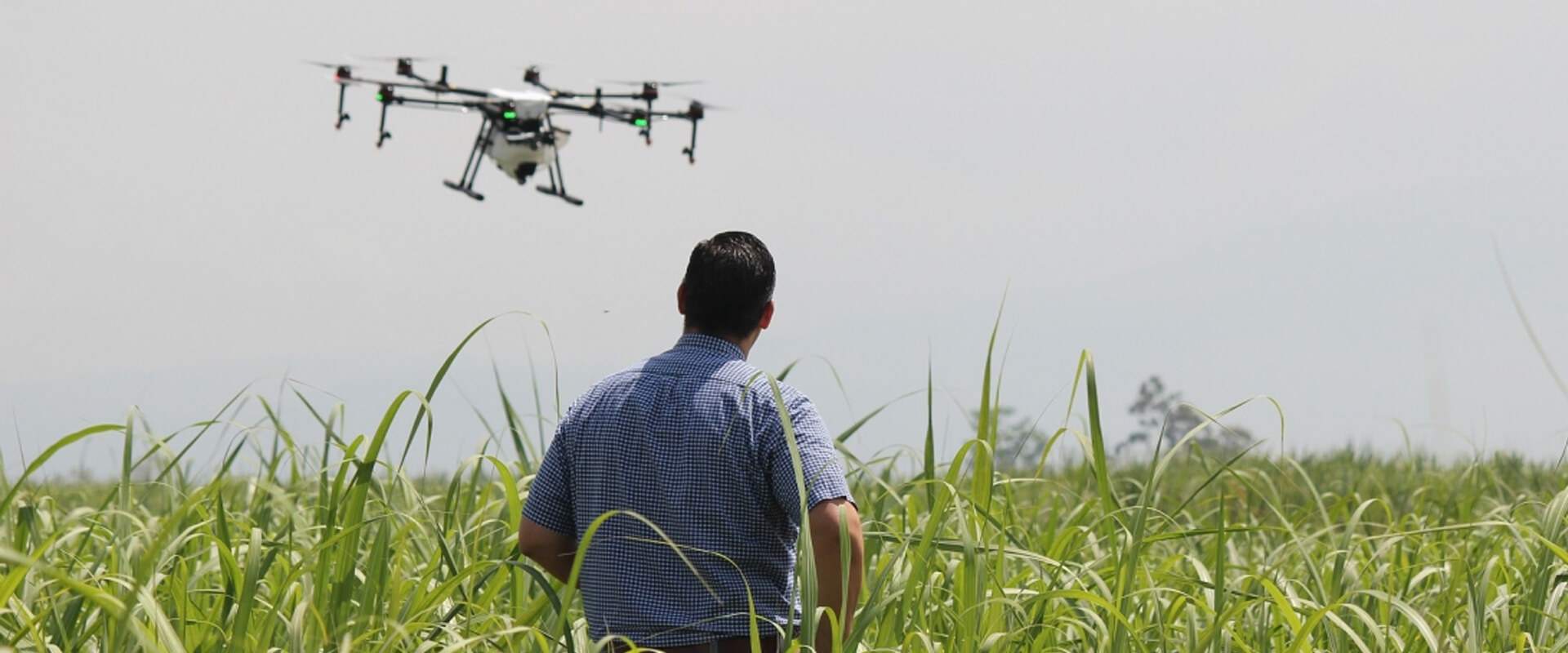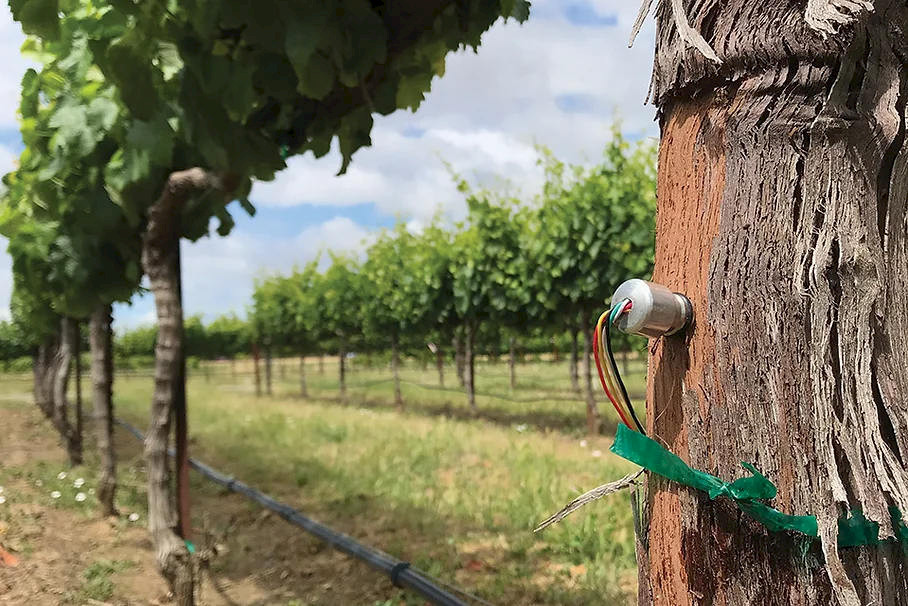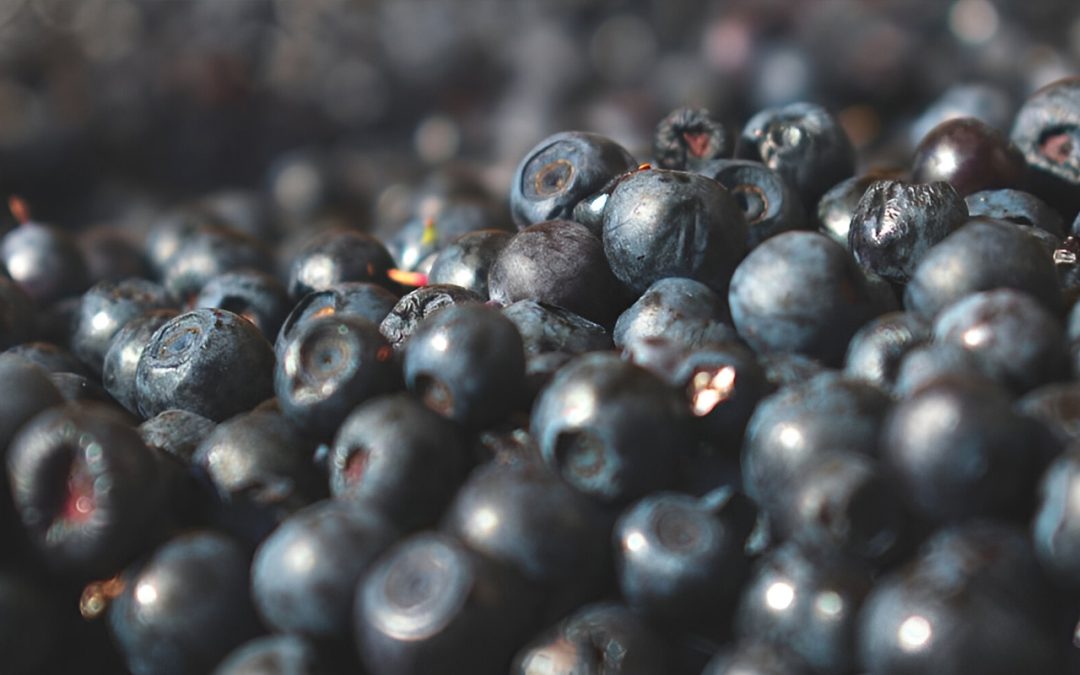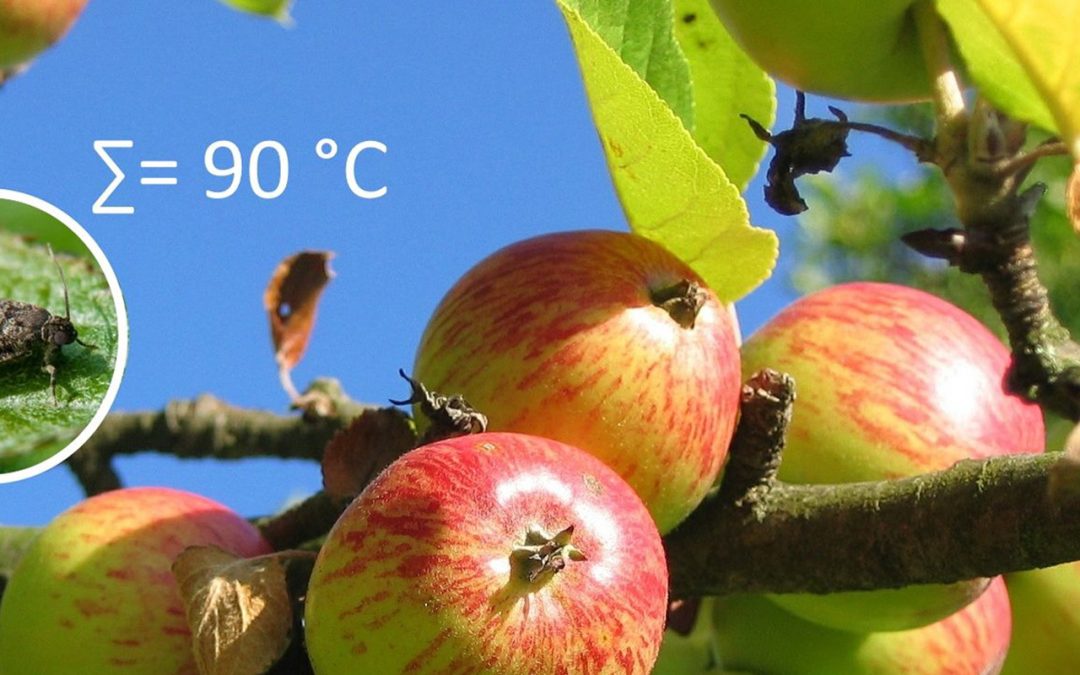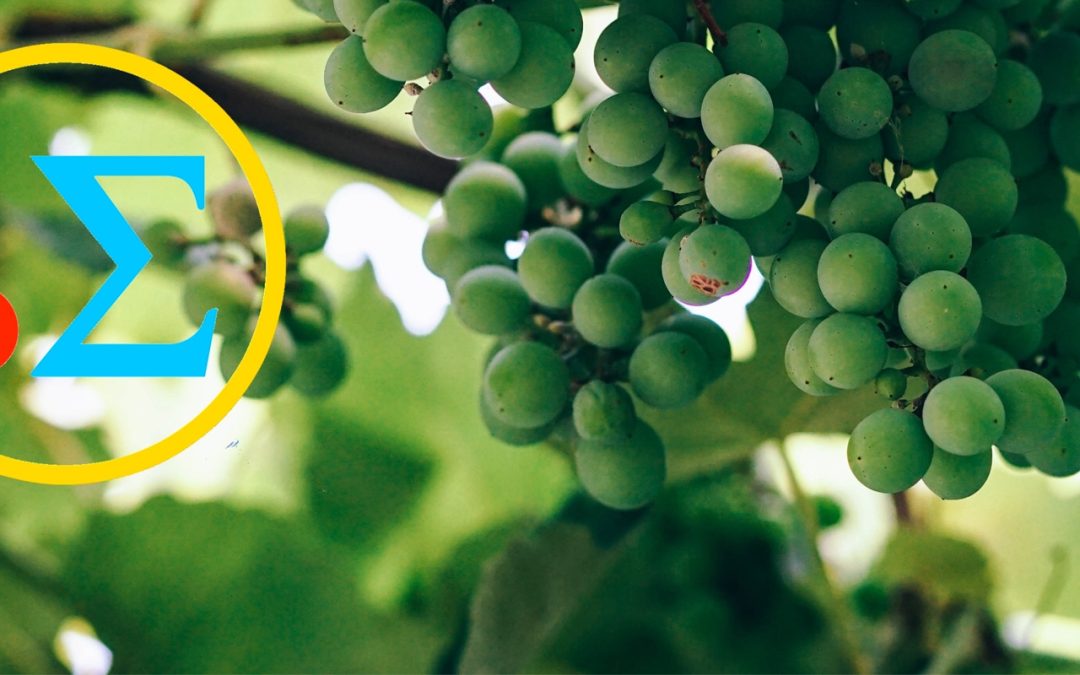Precizna poljoprivreda podrazumijeva pravovremeno obavljanje poljoprivrednih radova s visokom produktivnošću, smanjenim brojem operacija i minimalnim troškovima rada. Sve navedeno moguće je samo ako donosimo odluke rukovanjem velikom količinom informacija. Obrada mnogo različitih podataka temelj je precizne poljoprivrede. Pristup u kojem donositelj odluka ima sveobuhvatne informacije na raspolaganju za specifičnu proizvodnju superioran je u odnosu na znanje koje se temelji na iskustvu proizvođača.
Usporedba višegodišnjih podataka rezultira optimalnim i argumentiranim korištenjem operativnih resursa, što je poželjno s ekonomskog i ekološkog stajališta. Ekološka i ekonomska poboljšanja ključne su karakteristike precizne poljoprivrede jer podrazumijevaju uštede u budžetu i vremenu, veće prinose bolje kvalitete, manji utjecaj na okoliš i bolju dokumentaciju proizvodnog procesa.
Osnovni koraci u preciznoj poljoprivredi su sveobuhvatno prikupljanje podataka, obrada podataka, prijenos te stvarna primjena dobivenih podataka uz prateću dokumentaciju. Različite metode prikupljanja i korištenja podataka razlikuju pristupe u preciznoj poljoprivredi.
Pojam precizne poljoprivrede često se pogrešno poistovjećuje s korištenjem samo jedne vrste moderne tehnologije u poljoprivredi, dok bi ga bilo prikladnije promatrati kao sam pristup koji kombinira različite tehnologije u poljoprivredi. Neke od tih tehnologija i metoda uključuju praćenje varijabilnosti tla i vegetacije (daljinska detekcija, aerofotogrametrija, senzori na površini Zemlje); korištenje geoprostornih informacijskih sustava, digitalne kartografije; sustave za pozicioniranje i navigaciju; sustave za potporu odlučivanju (baze podataka, povratne informacije za optimizaciju sustava); komunikaciju u sustavu operater-stroj-alat; primjenu s promjenjivom brzinom; itd.
Problematika proizvodnje hrane i budući izazovi u poljoprivrednoj proizvodnji
Kao rezultat rastuće svjetske populacije, postoji obveza rješavanja sve veće potražnje za hranom. Da bi se proizvela veća količina hrane, potrebno je veće ulaganje u poljoprivredu. Glad je jedan od najvećih problema suvremenog svijeta. To je uobičajen problem u nerazvijenim dijelovima svijeta, koji zapravo bilježe najveći porast populacije i najviše nedostaju uvjeti i tehnologije za proizvodnju. Osnovni problem modernog čovječanstva je nedovoljna količina hrane za veliki dio svjetske populacije, uzimajući u obzir njezinu količinu i kvalitetu.
Količina obradive zemlje neznatno se povećava i predstavlja ograničavajući faktor u rješavanju problema gladi u svijetu. Povećanje poljoprivredne proizvodnje mora se osigurati u periodički promjenjivim uvjetima, uključujući poljoprivredno zemljište, vodu i hranjive tvari.
Izazovi u poljoprivrednoj proizvodnji mogu se podijeliti na ekonomske izazove (sigurnost hrane, varijabilnost cijena, ekonomska kriza itd.), ekološke izazove (staklenički plinovi, iscrpljivanje tla, korištenje i kvaliteta vode, utjecaj na biološku raznolikost i staništa itd.) te teritorijalne izazove (vitalnost ruralnih područja, raznolikost poljoprivrede itd.)
Unatoč većoj potrebi za proizvodnjom, potrebno je da se poljoprivreda racionalno prilagodi ekonomskim i ekološkim aspektima, tj. učinkovitom korištenju resursa, smanjenju štetnih opterećenja na ekosustav, primjerenom uzgoju životinja, implementaciji recikliranja, proizvodnji obnovljivih izvora energije, očuvanju okoliša itd. Praćenje parametara, poput klimatskih promjena, važan je čimbenik u proizvodnji, jer promjene transformiraju ekosustave i ugrožavaju dobrobit sadašnjih i budućih generacija.
Unatoč činjenici da ukupna količina slatke vode na Zemlji ostaje relativno ista, ona je neravnomjerno prostorno i vremenski raspoređena. Voda na Zemlji jedan je od najkritičnijih prirodnih resursa zbog snažnog ljudskog utjecaja, poput kemijskog/biološkog zagađenja i neodrživog korištenja. Takav utjecaj alarmantan je s obzirom na činjenicu da ljudi, kao i rastuća proizvodnja, izravno ovise o pristupu vodi.
Kao odgovor na nepravilnosti u dostupnosti vode u poljoprivrednoj proizvodnji, mogu se primijeniti razne mjere poput modernih sustava za navodnjavanje i pripadajuće tehnologije. Korištenjem različitih modela mogu se predvidjeti brojni negativni učinci, te stoga primjena matematičkih modela postaje sve učestalija u upravljanju vodnim resursima.
Vedran Krevh, mag. ing. agr.
References:
Jurišić M., Plašćak I. (2009). Geoinformacijski sustavi – GIS u poljoprivredi i zaštiti okoliša, Poljoprivredni fakultet, Osijek
Jurišić, M., Šumanovac, L., Zimmer, D., Barač, Ž. (2015). Tehnički i tehnološki aspekti pri zaštiti bilja u sustavu precizne poljoprivrede, Glasilo biljne zaštite, 329-332
Gantner V. (2016). Prednosti i izazovi domaće proizvodnje hrane, Poljoprivredni fakultet u Osijeku, Sveučilište Josipa Jurja Strossmayera u Osijeku
Kovačević B. (2003). Problematika proizvodnje hrane i glad u svijetu, Ekonomski pregled, 54 (3-4)
Ondrašek G., Petošić D., Tomić F., Mustać I., Filipović V., Petek M., Lazarević B., Bubalo M. (2015). Voda u agroekosustavima, Sveučilište u Zagrebu, Zagreb






